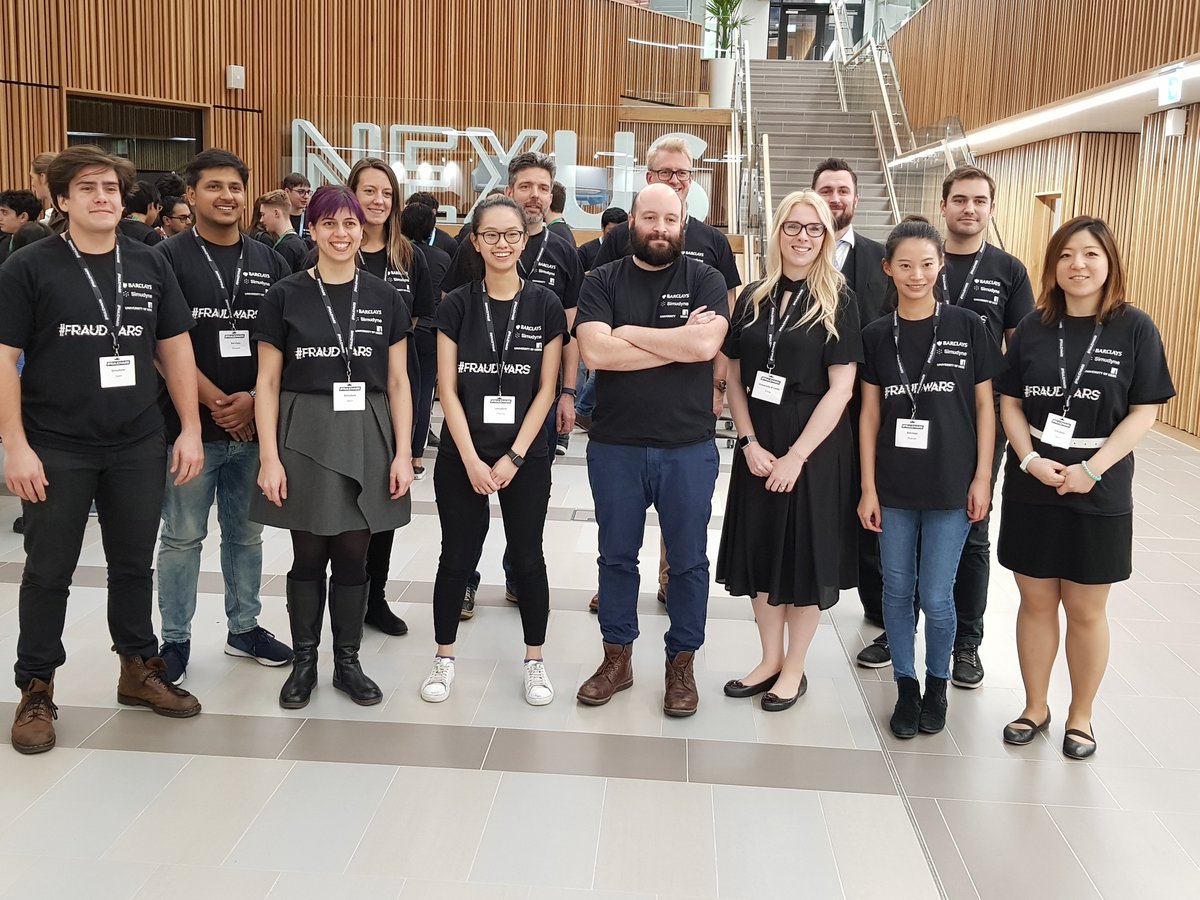We spoke to He-in Cheong, who interned at Simudyne as part of her PhD degree in Agent-Based Modeling (ABM) in Transportation at Imperial College London, about her time with the company.
How did you find out about Simudyne’s Internship programme?
I came across Simudyne while carrying out literature review for my PhD on ABM in sectors outside of transportation. I saw an article from the previous intern and how much he enjoyed his internship, so I wanted to try the same.
I interned at Simudyne for almost 3 months part-time. During the programme, I helped develop an ABM using Simudyne’s SDK for the Fraud Wars 2019 Hackathon with Barclays. I was also able to attend the actual Hackathon at University of Leeds representing Simudyne.
What were your experiences joining the team?
When I first joined Simudyne, I was slightly intimidated by the highly qualified team with years of finance-related experience, PhDs and master’s degrees! Luckily, I soon found they are all very friendly and helpful. Simudyne is an inclusive community where every team member is part of a family, even if you’re based in a different continent; everyone supports each other and offers help when others may need it. When I didn’t know something, the team was open about teaching and sharing their knowledge.
What differences did you see between the transportation and finance sector?
While the underlying theory and concept of ABM is shared between finance and transportation, there were key differences in my research model and the Fraud Wars model, including:
- mathematical complexity of the rule sets
- inclusion/exclusion of geospatial information
- number of agents
- number of agent types
- data availability
It’s a bit unfair to compare apples with oranges because the Fraud Wards model was built for the purpose of the Hackathon. This meant the core rule sets of the ABM were somewhat simple to keep the Hackathon manageable to one day.
However, the Simudyne SDK can achieve much more, and the rest of the team carries out incredibly complex models for different uses other than just fraud detection, including risk management.
What did you enjoy about working in the finance sector?
One of the advantages of the finance sector is having reasonably clean data available for analysis, and a significant quantity to be able to determine certain statistical distributions with a high confidence level. In my academic experience so far, good quality data sets can be a luxury!
What did you take away from the internship?
Because of the differences between sectors, the internship has certainly encouraged me to think outside the box and consider applying ABM for use cases other than just pedestrian or vehicle dynamics simulation.
Additionally, since the Simudyne SDK is in Java (a programme language I’m unfamiliar with), I got to learn a completely new skill! It helped that the SDK was easy to use after tinkering with it. It is very logically structured for ease of assignments of agents, their attributes, and links.
I truly enjoyed my time at Simudyne and I’m sad to see it come to an end. I have not only learned about the technical aspects of ABM, Java programming and statistics, but also about how a fintech start-up works and the importance of Marketing and Sales in supporting them. A huge thank you to the amazing team!

Brains behind Hackathon – University of Leeds, Simudyne, and Barclays (I am on the right)